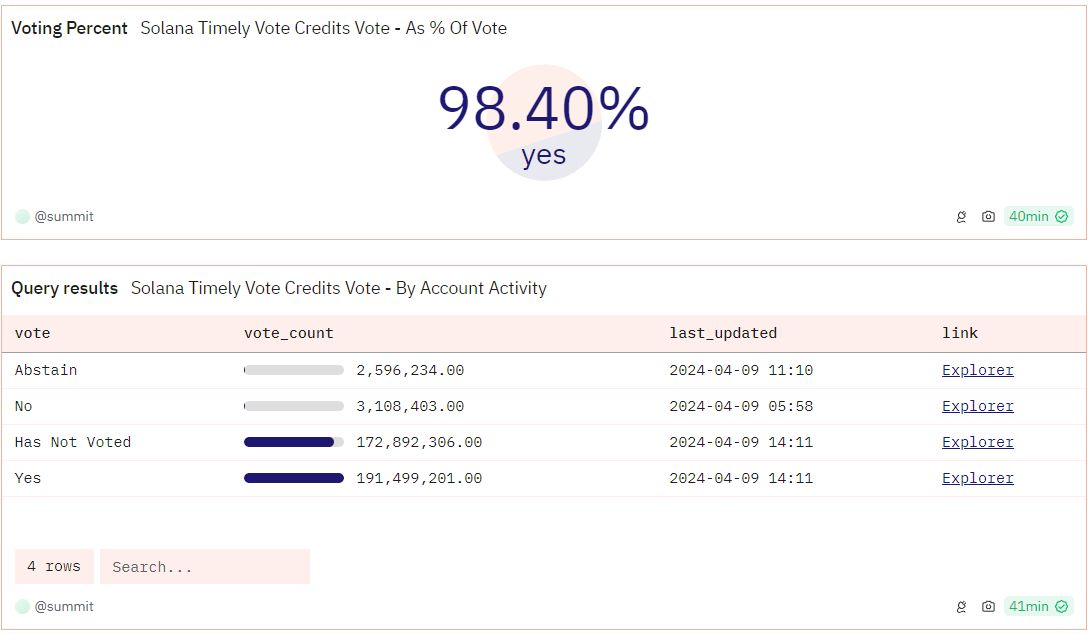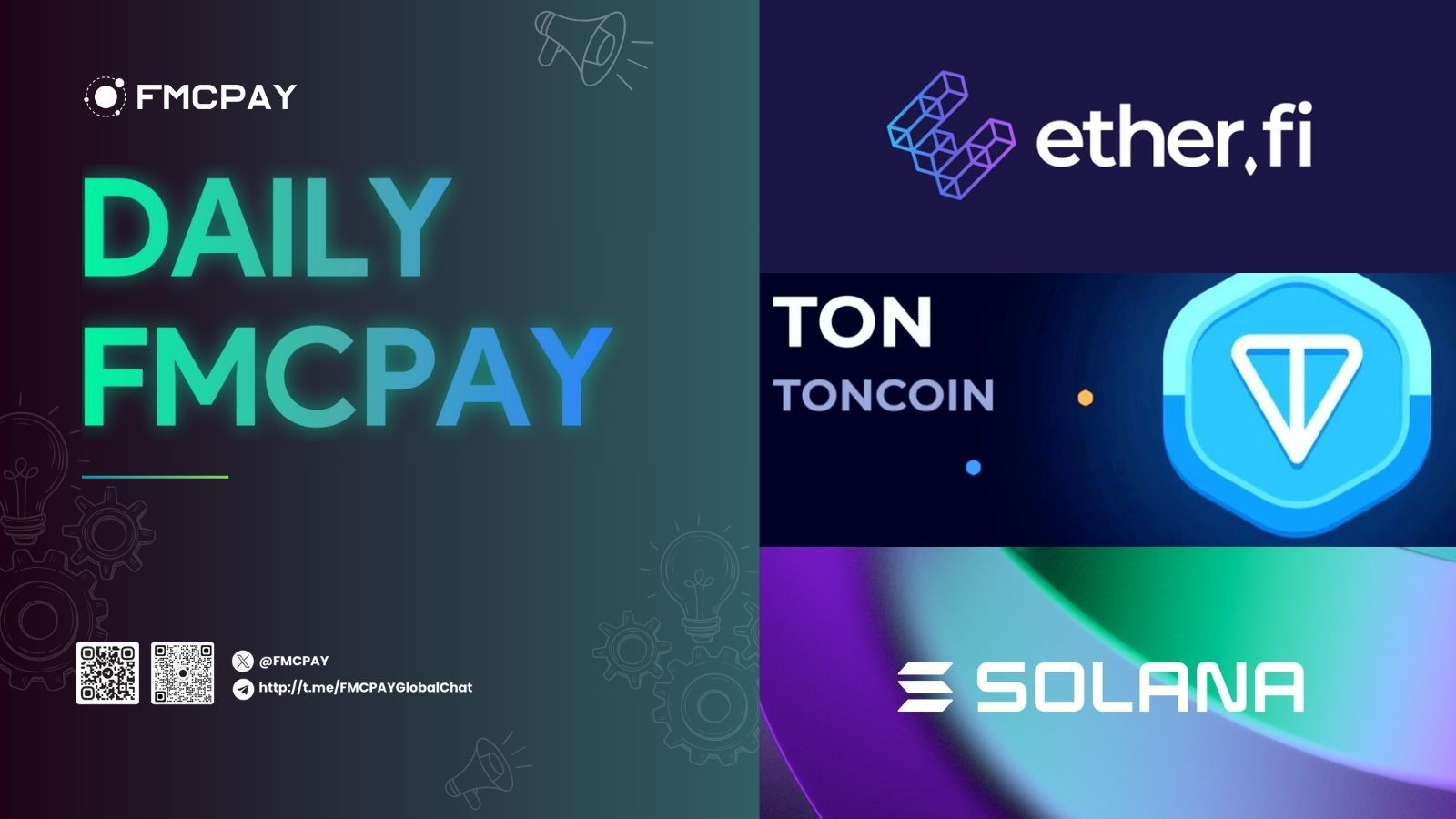With over 1.07 million ETH under management – roughly $3.8 billion in user deposits – Etherfi is the market leader in liquid cryptocurrency.
Etherfi’s position in this expanding specialty is shown by the fact that it allows users to obtain restaking yields using EigenLayer.
This year has seen a significant increase in liquid restaking, mostly due to more deposits on EigenLayer, which plans to use ETH deposits to fortify third-party protocols. Consequently, this raises the overall value locked in LRTs, of which Etherfi owns a substantial chunk.
Although Etherfi dominates the liquid restaking industry, other protocols also make significant contributions. According to the research data dashboard, they include Renzo at $2.9 billion, Puffer at $1.4 billion, Kelp with over $840 million, Swell at $345 million, and Eigen at $340 million.
Users may utilize restaking to restaking their staked ETH (or an equivalent liquid staking token) on EigenLayer and other platforms. EigenLayer then uses this ETH to fund other Ethereum-based programs, or “actively validated services,” expanding Ethereum’s security ecosystem.
The advantage of using EigenLayer’s services is provided by liquid restaking, which keeps users’ ETH capital accessible and liquid. These protocols provide users more reasons to be a part of the ecosystem, which includes LRTs and EigenLayer’s rewards programs, by continuing to accept ether deposits, restake them, and issue derivative tokens.
For users lacking 32 ETH (which is required for native or direct restaking, LRT protocols offer another way to access the site. This explains why the top LRT procedures have accumulated more than two-thirds of EigenLayer’s $13 billion TVL, or $9.7 billion in assets.
The projected airdrops from EigenLayer and other liquid staking initiatives, which have fueled their growth, are partly to blame for the sector’s rise.
According to analysts, users are attempting to farm LRT airdrops and may transfer their cash to other accounts after obtaining them. Nonetheless, Etherfi is still leading the niche despite having previously finished an airdrop distribution last month.
Cardano (ADA) drops out of the top 10 as Toncoin (TON) reaches new all-time high (ATH)
Toncoin (TON), connected to the well-known messaging service Telegram, has achieved an important milestone. TON reached a new all-time high (ATH) of $7.11 on April 9, 2024.
The price of Toncoin has risen by more than 35% in the last week. But TON saw a second price fall after reaching its ATH, and as of this writing, it is trading at $6.49.
Cardano (ADA) Drops to Tenth Place in Market Capitalization with TON’s Flip
Cardano (ADA), which is now ranked eleventh, was surpassed by TON in market value as a result of this increase. TON’s market valuation surpassed ADA’s $20.42 billion to reach $22.43 billion.
Analysts and traders are currently watching a stabilization period for TON between $6.50 and $6.75, notwithstanding the recent rising trend. In a recent post on X (formerly Twitter), cryptocurrency trader Paxton listed the important pricing points:
“Bulls need to break above resistance and reclaim $6.75 for a potential run. Bears watch for a break below support and a test of $6.50. Volume is key for direction!”
Solana validators pass ‘Timely Vote Credits’ plan to speed up transactions
A suggestion that might shorten the time it takes for transactions to be confirmed was approved by 98% of Solana’s validators.
A proposal to reduce the latency of consensus “votes” has been put to a vote by Solana validators, which may expedite blockchain transactions.

With 98% of the vote in favor, the proposal, which seeks for a “Timely Vote Credits” mechanism on Solana, was passed on April 9.
It would alter the incentives for validators to cast “votes,” which are an essential component of Solana’s consensus process for transaction confirmation.
Solana Labs reports that when validators cast a consensus vote on a block that is eventually approved by the network, they have historically received a flat one vote credit.
Voters who wait just long enough to make sure they’re casting their ballots on the proper fork might increase their winnings without incurring any penalties, validators have discovered over time.
On March 14, “zantetsu” from Shinobi Systems, a Solana validator, proposed a change to the way vote credits are granted. Specifically, votes with lower latency would get more credits.
“This will discourage intentional ‘lagging,’ because delaying a vote for any slots decreases the number of credits that vote will earn,” Solana Labs explained.
According to Solana Compass, the blockchain is now generating about 2,000 “vote” transactions and 1,000 “non-vote,” or user, transactions every second.
The new mechanism’s effects are still unknown because it is anticipated to be put into effect following Solana’s v1.18 update, which is scheduled for this month and contains fixes to address priority fees and chain-wide network congestion problems.
An “implementation bug” in QUIC, a data transmission protocol created by Google that cycles all nodes in on the network’s current status, has been the cause of a series of unsuccessful transactions that Solana has been dealing with.
If no more problems arise during testing, a bug fix involving a reconfiguration for QUIC is currently scheduled for April 15.
Read more : The NFT Tensor Exchange launches the TNSR token with $250 million airdrop

